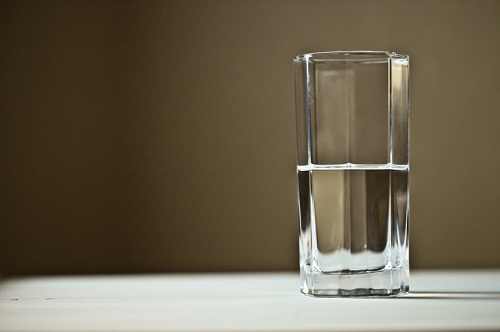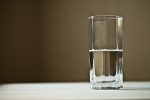
Many people swear by bottled water—but is there actually a difference between bottled and tap water? Without going into detailed comparisons, I can assure you that bottled water and tap water can be from the same source depending upon the labeling of the bottled water product that you purchase.
Bottled water can contain mineral water, water from a spring source, or purified municipal water from a municipal supply. In the U.S., the safety of bottled water is regulated by the FDA, under the Federal Food, Drug, and Cosmetic Act. They must meet the standards for “physical, chemical, microbial, and radiological contaminants,” according to the FDA. As long as the standards are met, then the FDA labels these products as safe for us to drink.
Bottled water products produced in Canada are regulated by the Food and Drugs Act and monitored by the Canadian Food Inspection Agency. These products are screened for bacterial content, but there is no requirement to report the amounts of toxic metals or chemical contaminants. There is also no license requirement for a manufacturer of bottled water products.
Tap water is processed from surface water sources and is regulated by Health Canada. Municipal water suppliers are exposed to rigorous testing and reporting systems. Municipal water is checked for chemicals and bacterial levels and the water treatment facilities do undergo inspections. Municipalities have to report levels of chemical contaminants and bacteria to the consumer on an annual basis.
However, the manufacturers of bottled water only have to satisfy the labeling requirements placed upon their product.
Bottled water can only be produced, shipped, and stored if it passes all the quality control procedures, but municipal water supplies can be provided on an ongoing basis before any laboratory results come back to the regulators.
Bottled water also does not contain any chlorine, which is a requirement for municipal suppliers. This means that the shelf life of bottled water is a factor. Depending upon the labeling of the bottled water, you may be getting a completely different type of product. For example, if the label states that it is spring water, the water has to be from a spring. If it states that it is mineral water, sparkling water, or purified water, it simply could be municipal water. which has been treated with minerals and carbon dioxide and purified before being added to the bottles.
Of course, the cost and the environmental impact should also be assessed. The cost of tap water compared to bottled water is quite significant. The cost of municipal water is approximately $1.00 per 1,000 liters—compared to bottled water, which may cost over $500.00 for the same amount of water.
To determine what type of water source is the best choice for you, you have to look at several things:
1. Cost: Bottled water costs a lot more than tap water.
2. Quality: The quality of bottled water can vary depending upon the labeling. The taste can also vary depending on the constituents of the bottled water and the source. I have found the taste of tap water to vary, but the chlorine smell and taste is unmistakable.
3. Environmental Concerns: There is a cost to the environment in choosing bottled water; however, most bottles are recyclable. Most municipalities have recycling programs.
So where does that leave you? Well, my feelings about this are that I don’t like the smell and taste of municipal water and I would rather drink water from a natural spring supply where the constituents of the water are clearly labeled on the bottle and the highest quality and safety standards are followed.
I don’t mind paying extra for fresher, better tasting water and I put the bottles I use in recycling bins. However, if you are contemplating purchasing bottled water, please read the labels carefully.
Sources:
“Commercially bottled water,” Centers for Disease Control and Prevention web site, April 2013; http://www.cdc.gov/healthywater/drinking/bottled/, last accessed May 17, 2013.













